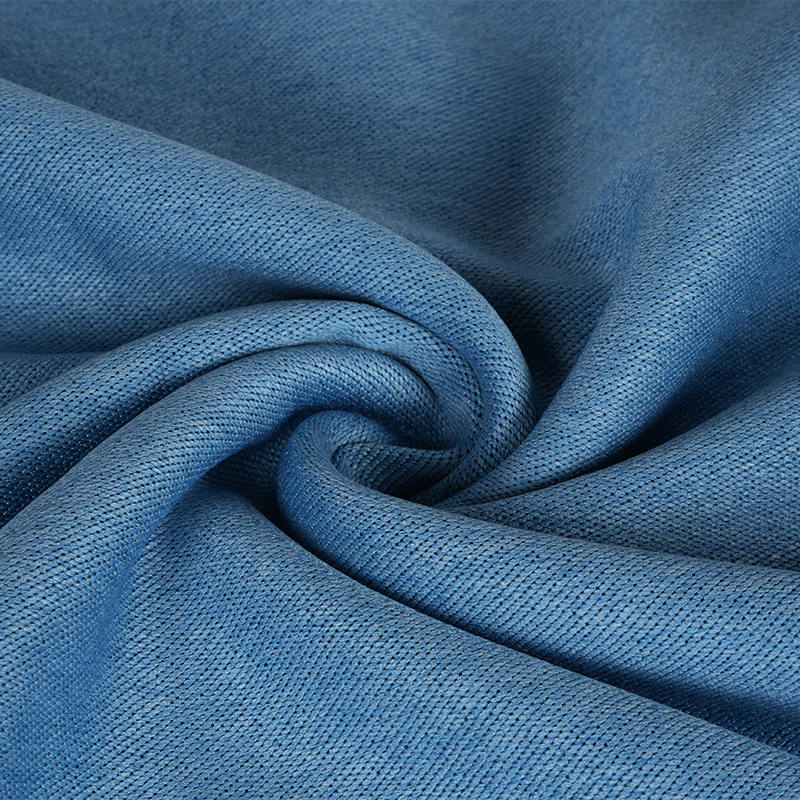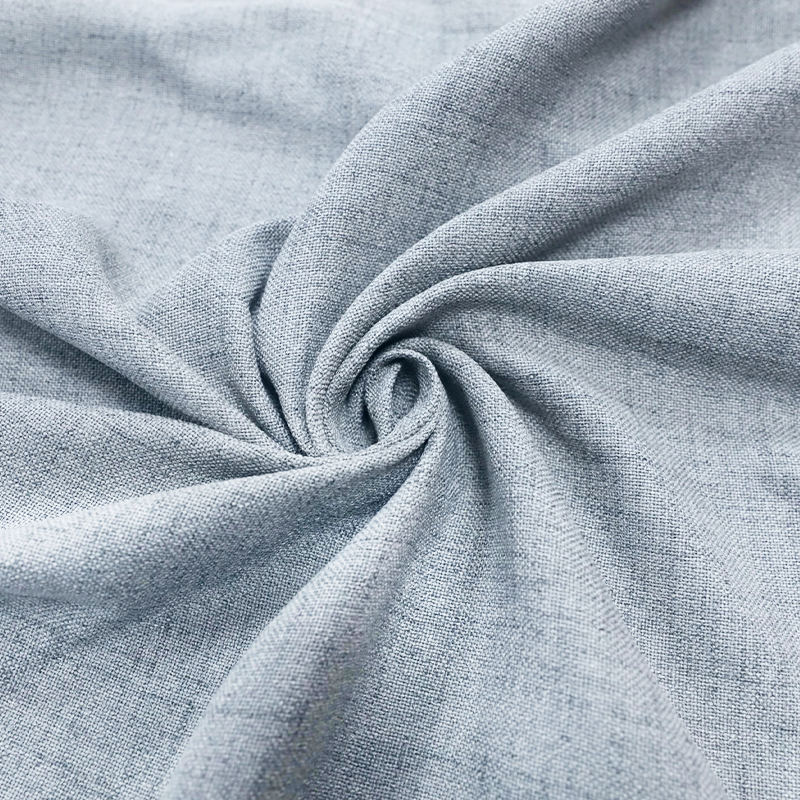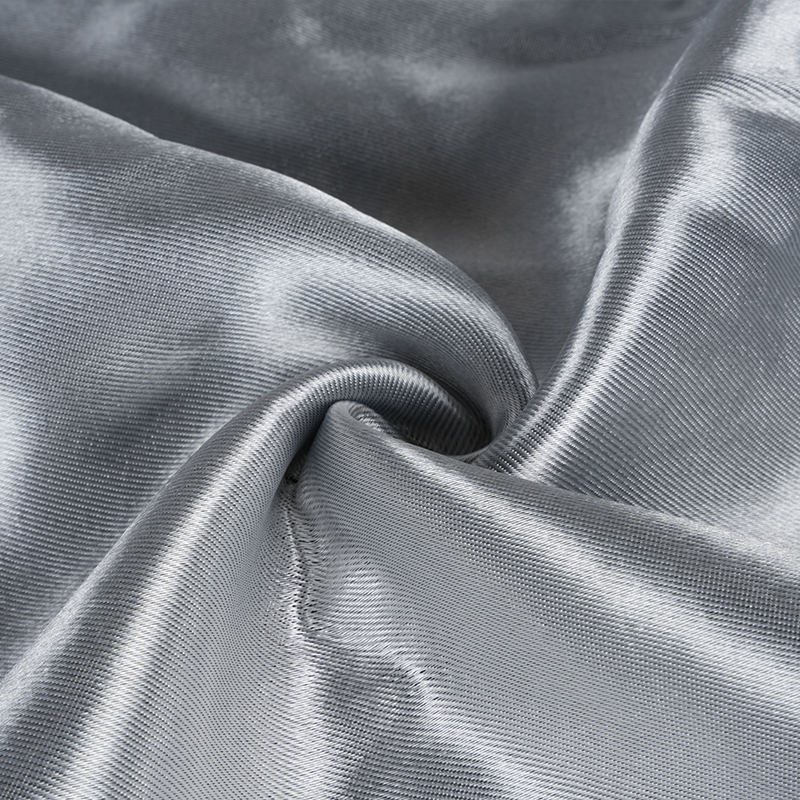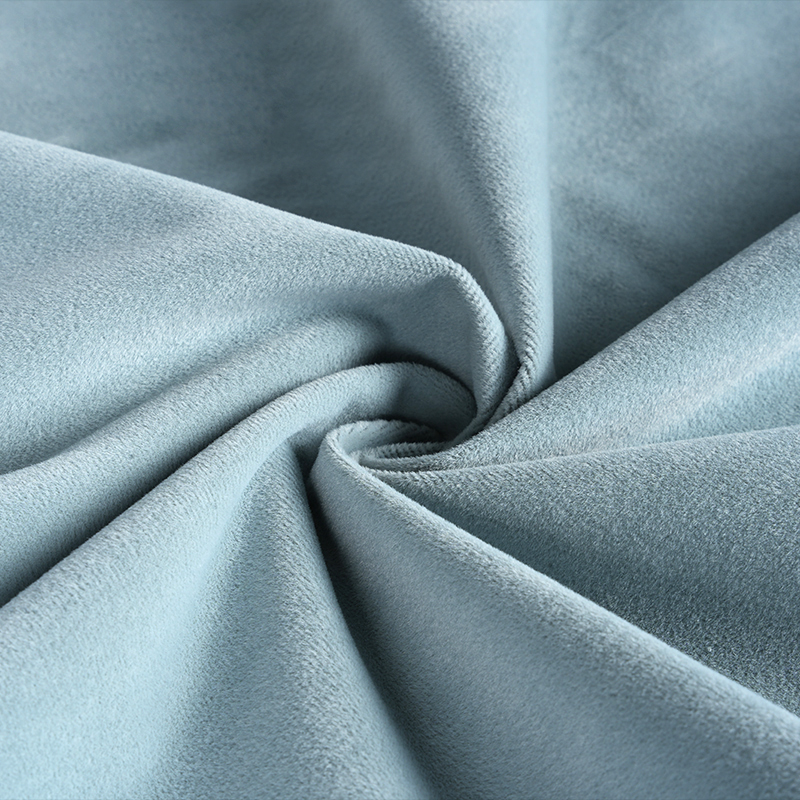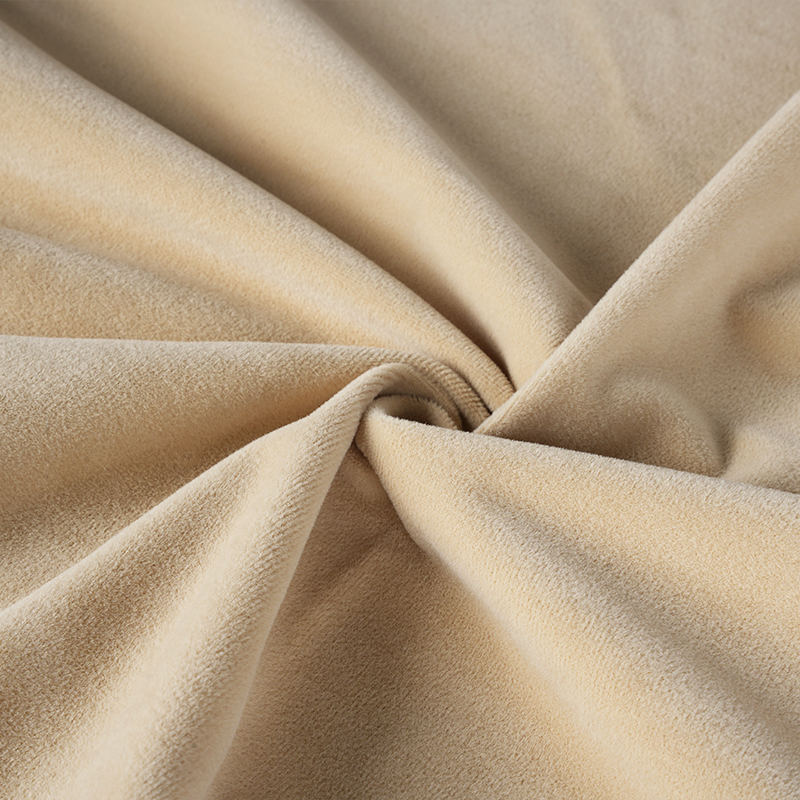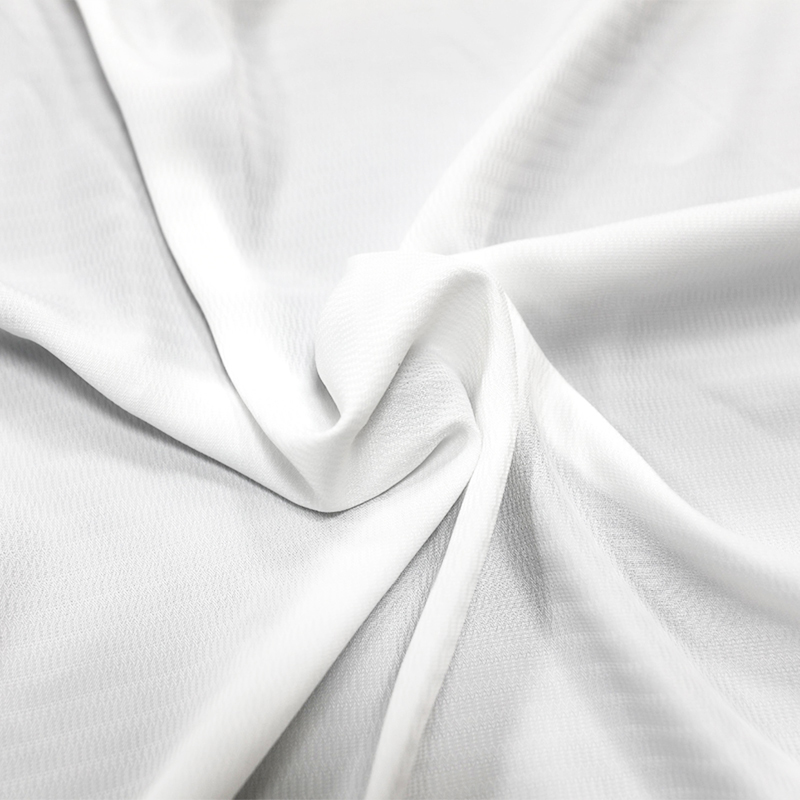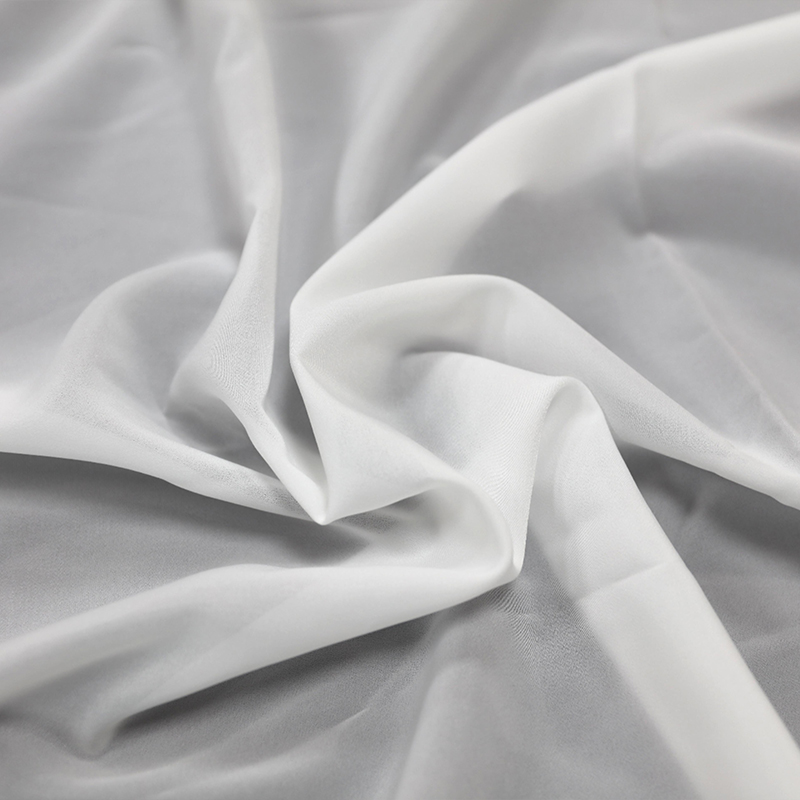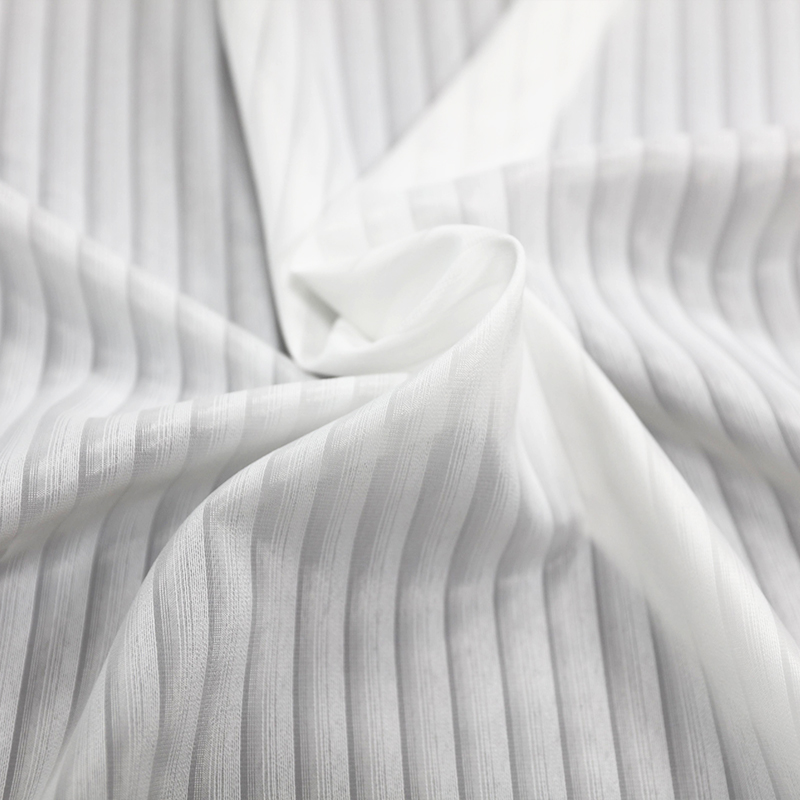-
Phone:+86-13815442820
-
E-mail:[email protected]
-
Address:Room 0415-2, Building 1, Baohui Business Building, Keqiao Street, Keqiao District, Shaoxing City, Zhejiang Province
How Do Different Curtain Fabrics Affect the Insulation of Your Home?
 2025.10.27
2025.10.27
 Industry News
Industry News
Curtains are not only key decorative elements in a room but can significantly affect the insulation and energy efficiency of your home. The type of fabric used in your curtains can directly impact how well they retain or block heat, regulate indoor temperatures, and even reduce your energy bills. When choosing curtains, understanding how they affect temperature regulation and insulation is crucial.
1. The Importance of Curtain Fabrics in Home Insulation
Curtains act as an additional protective layer for your windows. In winter, windows are the main point of heat loss, while in summer, sunlight and external heat can enter the room through windows. Choosing the right curtain fabric can help block heat loss and keep the room warm, while also blocking external heat in the summer to maintain a cool indoor temperature. Therefore, the fabric and layering of the curtains play a key role in regulating home temperatures.
Curtains can help with:
- Reducing heat loss in winter and maintaining warmth indoors.
- Blocking external heat in summer and keeping rooms cool.
- Providing some noise insulation from outside.
2. Types of Curtain Fabrics and Their Insulation Properties
Different curtain fabrics have varying insulation properties. When choosing curtain fabrics, understanding the performance of each fabric is important, especially when considering insulation. Below are detailed descriptions of some common curtain fabrics and their insulation effects.
a) Heavyweight Fabrics
Heavyweight fabrics generally offer better insulation as they can effectively block heat loss, helping to keep the room warm.
-
Velvet
Velvet is a luxurious and dense fabric, typically offering excellent insulation properties. Its high density can effectively block cold air from entering the room and retain warmth, making it ideal for winter insulation. -
Linen with Thermal Backing
Linen itself is not particularly insulating, but when combined with thermal backing, it significantly improves its insulation performance. The backing material traps air and prevents heat transfer, making linen an effective choice for all seasons. -
Thick Cotton or Canvas
Thick cotton and canvas also provide good insulation by blocking drafts and reducing heat loss. These fabrics are ideal for colder months, as they offer both insulation and wind resistance.
b) Lighter Fabrics
Lighter fabrics are generally more breathable but do not offer the same level of insulation as heavyweight fabrics.
-
Lightweight Cotton
Lightweight cotton fabrics are mostly suitable for warmer climates. While they allow air circulation, they offer limited insulation. These fabrics are comfortable but are not effective at retaining heat, making them more appropriate for summer or mild climates. -
Sheer Fabrics (Organza, Voile)
These fabrics are very light and allow light to pass through, but they offer minimal insulation. While they can bring a soft, airy look to a room, they do not block external heat effectively, making them less ideal for insulation purposes. These fabrics are best used in warm climates or as decorative layers over heavier curtains.
c) Insulated Fabrics (Thermal Curtains)
Thermal curtains are specially designed to regulate temperatures. They are typically made from multiple layers of material, providing excellent insulation.
-
Thermal Lining Curtains
Thermal lining curtains are designed to enhance insulation. They often feature a foam or reflective backing that helps retain heat in winter and block external heat in summer. These curtains are highly energy-efficient, making them ideal for maintaining a comfortable indoor temperature throughout the year. -
Blackout Curtains
While primarily designed to block light, blackout curtains often have insulating properties as well. The thick material prevents heat from escaping and helps block sunlight and heat from entering the room, ensuring a comfortable indoor temperature during both cold and hot months.
| Fabric Type | Insulation Effect | Best For |
|---|---|---|
| Velvet | High insulation, excellent at trapping heat | Cold weather, winter months |
| Linen with Thermal Backing | Moderate insulation, added thermal layer | All-season, especially cooler months |
| Thick Cotton/Canvas | Good insulation, blocks drafts | Winter, cold areas |
| Lightweight Cotton | Low insulation, breathable | Summer, warmer climates |
| Sheer Fabrics | Minimal insulation, allows light | Decorative, warm climates |
| Thermal Lining Curtains | High insulation, blocks heat and cold | Winter, energy-efficient rooms |
| Blackout Curtains | High insulation, blocks heat and light | Both cold and warm climates |
3. How Curtain Fabric Affects Heat Retention

When it comes to retaining heat in the winter, the choice of curtain fabric is crucial. With effective insulation, curtain fabrics can significantly reduce heat loss from your home.
-
Thermal Curtains
Thermal curtains use a multi-layer construction to block heat loss from the room. The design ensures that indoor heat cannot easily pass through the curtain fabric, helping to keep the temperature stable. These curtains also help reflect cold air from outside, enhancing insulation. -
Heavy Fabrics
Fabrics like velvet and thick cotton offer good heat retention. These materials create a dense barrier that prevents cold air from entering and helps maintain warmth indoors. These fabrics are perfect for the colder months. -
Light Fabrics
Lightweight fabrics like thin cotton and sheer materials typically do not have adequate insulation properties. While they may provide some comfort, they are not effective at retaining heat, making them less ideal for winter insulation.
4. How Curtain Fabric Affects Heat Regulation in Summer
Curtains also play a vital role in blocking the heat that comes from the sun during the summer months. The right curtain fabric can help keep your home cool and reduce reliance on air conditioning.
-
Thermal and Blackout Curtains
These curtains are excellent at blocking out direct sunlight, reducing the amount of solar heat that enters your room. By keeping the room cooler, they help maintain a comfortable indoor environment without the need for air conditioning. In summer, these curtains also protect furniture and fabrics from sun damage. -
Reflective Curtains
Reflective curtains often have special coatings that help bounce sunlight and heat away from the room, reducing the amount of heat that enters. These curtains are ideal for hot climates where sunlight frequently streams into the room. -
Lightweight Fabrics
While lightweight fabrics offer minimal heat-blocking capabilities, they do allow for better air circulation, which can help prevent the room from becoming too stuffy. However, they are not effective at blocking sunlight or reducing heat.
5. Additional Benefits of Insulating Curtains
In addition to temperature regulation, curtain fabrics offer other benefits that can enhance your comfort and quality of life.
-
Noise Insulation
Dense curtain fabrics like velvet or thermal curtains can also offer noise insulation. This is especially useful in urban environments or homes located near busy streets, as they can help reduce outside noise, making your space more peaceful. -
Privacy
Thick curtain fabrics, such as blackout curtains, provide better privacy, especially in bedrooms or ground-floor living rooms. These curtains prevent prying eyes from looking into your home, adding an extra layer of security and comfort.
6. How to Maximize Insulation with Curtain Fabrics
To get the most out of your curtains in terms of insulation, consider the following tips:
-
Layering Curtains
Combining lightweight and heavy curtains allows you to adjust both light and heat control. For example, sheer curtains allow light in, while thermal or blackout curtains can block heat and maintain indoor comfort. -
Use of Thermal Lining
If you don’t want to replace your current curtains, adding a thermal lining is a great way to boost their insulation properties. Thermal linings are easy to install and significantly improve the curtain’s ability to retain heat or block cold. -
Proper Fitting
Make sure your curtains fit the window properly. Gaps around the edges of the curtain can allow drafts to enter, diminishing the insulating effect. Floor-length curtains that cover the entire window frame are ideal for optimal insulation.

 English
English Español
Español عربى
عربى